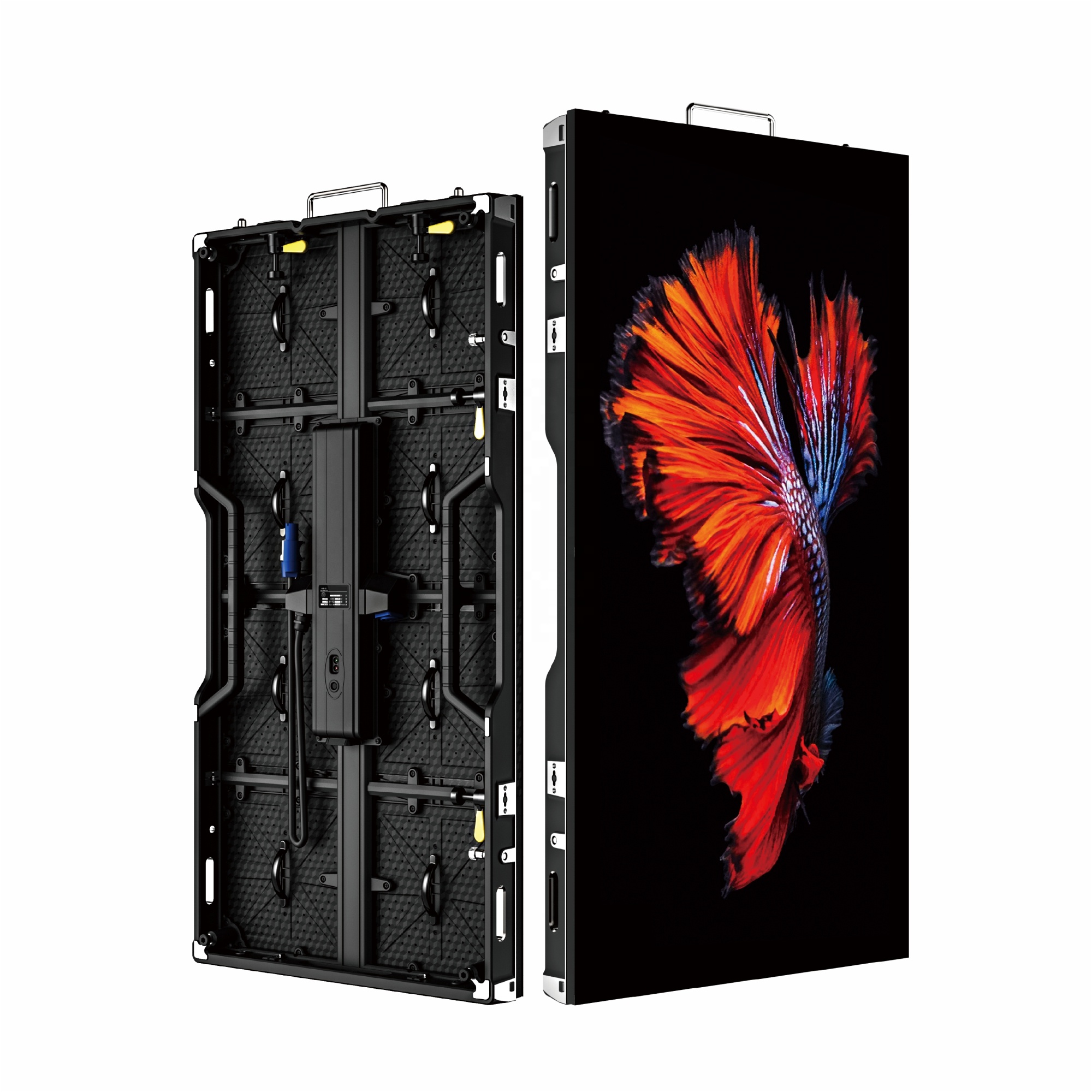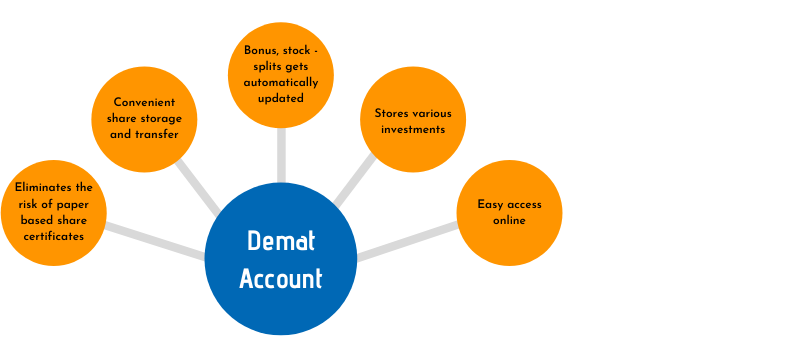SMD Screens: The Future of Display Technology
SMD (Surface-Mount Device) screens are the latest innovation in the world of display technology. These screens are made up of tiny LED chips that are mounted directly onto the surface of a circuit board, rather than being mounted through holes in the board. This technology has revolutionized the way we think about display screens, offering many advantages over traditional display technologies. In this article, we will explore the benefits of SMD screens and how they are changing the game for businesses and consumers alike.
What are SMD Screens?
SMD screens are made up of tiny LED chips that are mounted directly onto the surface of a circuit board. This is different from traditional display screens, which use discrete LEDs that are mounted through holes in the board. SMD screens are smaller and more energy-efficient than traditional screens, making them ideal for use in a wide range of applications.
Advantages of SMD Screens
There are many advantages to using SMD screens over traditional display technologies. Some of the key benefits include:
-
Energy Efficiency
SMD screens are more energy-efficient than traditional display screens, as they use less power to operate. This means that they are ideal for use in applications where power consumption is a concern, such as mobile devices and battery-powered electronics.
-
High Brightness and Contrast
SMD screens offer high brightness and contrast ratios, making them ideal for use in outdoor or brightly-lit environments. They also have a wide viewing angle, which means that they can be viewed from almost any angle without any loss of brightness or color accuracy.
-
Durability
SMD screens are more durable than traditional display screens, as they are less prone to damage from shock or vibration. This makes them ideal for use in industrial or automotive applications, where ruggedness is a must.
-
Cost-Effective
SMD screens are more cost-effective than traditional display screens, as they require fewer components and less manufacturing time. This makes them ideal for use in mass-produced products, where cost is a major consideration.
Applications of SMD Screens
SMD screens are used in a wide range of applications, including:
-
Mobile Devices
SMD screens are commonly used in mobile devices such as smartphones and tablets, where energy efficiency and high brightness are essential. They are also used in wearable devices such as smartwatches and fitness trackers.
-
Automotive Displays
SMD screens are used in automotive displays such as dashboard displays and infotainment systems. They offer high brightness and contrast, as well as durability in harsh automotive environments.
-
Outdoor Signage
SMD screens are ideal for use in outdoor signage, as they offer high brightness and contrast even in bright sunlight. They are also durable and can withstand exposure to the elements.
-
Gaming Displays
SMD screens are used in gaming displays such as gaming monitors and gaming laptops. They offer high refresh rates and low input lag, making them ideal for fast-paced gaming.
Future of SMD Screens
The future of SMD screens is bright, with many new applications and technologies on the horizon. Some of the key trends in SMD screens include:
-
Flexible Displays
SMD screens are becoming increasingly flexible, with the development of flexible circuit boards and bendable screens. This opens up new possibilities for applications such as wearable devices and flexible displays.
-
High-Resolution Displays
SMD screens are becoming increasingly high-resolution, with the development of 4K and even 8K screens. This offers improved image quality and sharper text and graphics.
-
Augmented and Virtual Reality
SMD screens are ideal for use in augmented and virtual reality applications, as they offer high brightness, contrast, and resolution. This opens up new possibilities for gaming, education, and entertainment.





